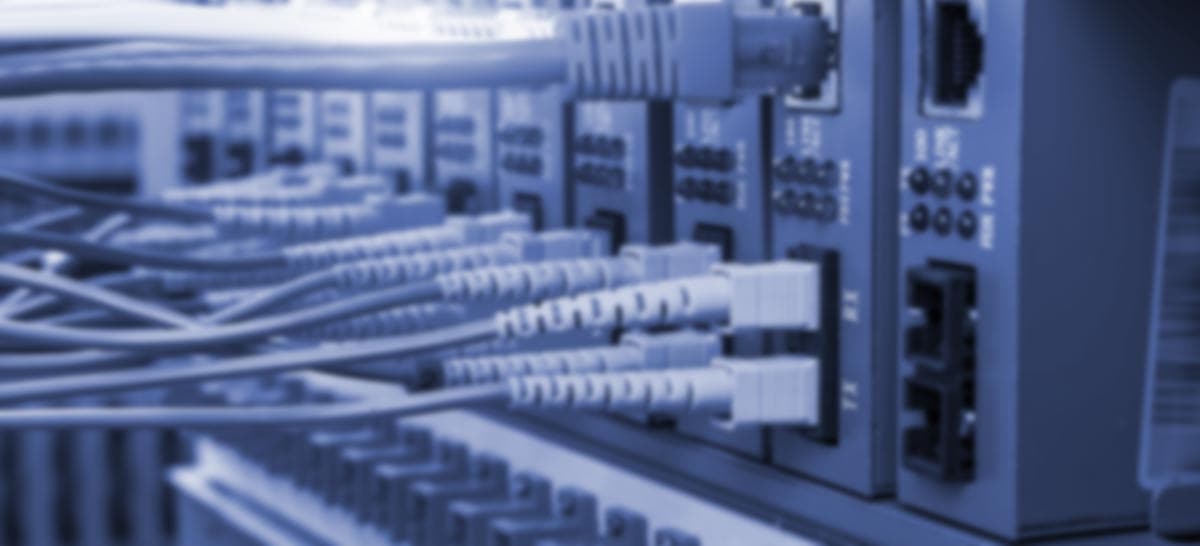3 Step Guide to Selecting the Right Disaster Healing Service

Find the Right Business Continuity/Disaster Recovery Solution in 3 Steps:
1. Examine BCDR and DRaaS Solutions
One of the biggest elements when choosing a BCDR solution is figuring out whether you'll outsource assistance or manage it internally. If you plan on contracting out support, you'll need to partner with a managed providers (MSP) that is proficient in continuity and compliance options. Because many BCDR options combine cloud, software, and hardware aspects - you'll require a procedure to support your virtual assets, regional servers and desktops. BCDR hardware has a number of purposes including:
Hosting BCDR software application
Transmitting server images to the cloud for disaster healing
Saving local copies of backup server images for routine brings back
Performing as the main server throughout a failover, permitting company to continue throughout repair
BCDR software application is used to automate and handle backup and healing processes. After a preliminary full server backup, BCDR software application takes incremental photos to develop "healing points" or point-in-time server images. Recovery points are utilized to restore the state of a server or workstation to a particular point in time (prior to it failed or information was corrupted).
2. Seek BCDR Cloud Options
The very best BCDR options have a cloud backup in addition to a healing part. This is because the cloud serves 2 purposes in a BCDR service. The first is to provide offsite storage space for server and workstation images used for brings back. The second is to take over important operations when a failover occurs.

Backups can be saved locally - on a home appliance or backup server in your data center - or from another location, in the cloud. For BCDR, it's best to keep copies of your backups in both places. To put it simply, if it's not possible to restore a system locally, you can failover to the cloud. Likewise, your option must resolve a range of data restoration situations, ranging from bring back a few lost files to recuperating from a total server failure or the destruction of numerous servers and PCs. Bring back from regional backups is much faster, while the alternative of stopping working over to the cloud gives you ultimate security against worst-case circumstances.
3. Address Security and Compliance Frameworks
A BCDR must attend to ransomware detection, point-in-time rollback capabilities, and information immutability. It's important to search for BCDR services that adhere to Service Organization Control (SOC 1/ SSAE 16 and SOC 2 Type II) reporting standards and feature two-factor authentication. This can assist protect your data and minimize the requirement for manual intervention. If you want to discover how to keep your company healthy and protected, connect to us for a totally free IT consultation.